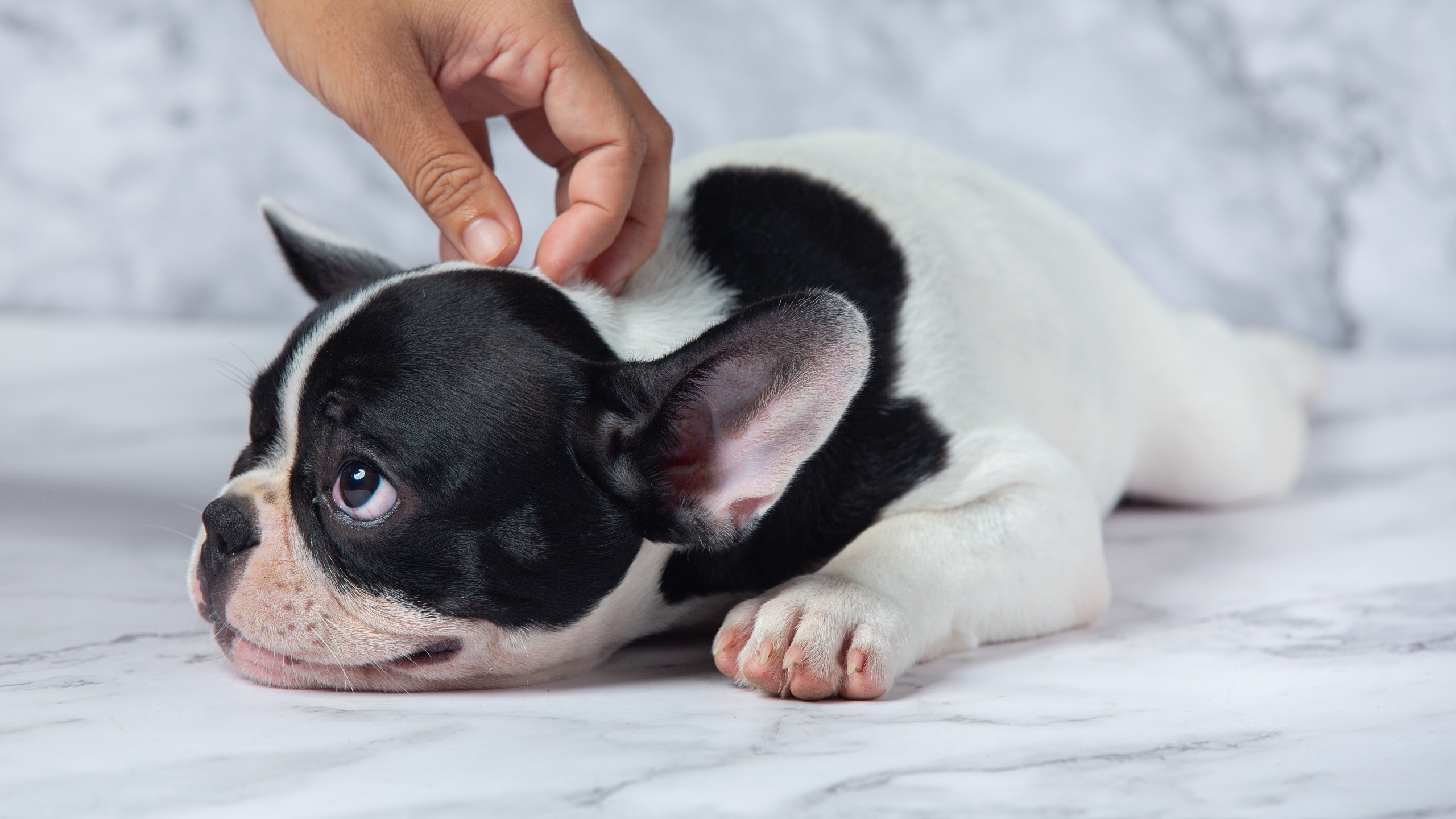Fleas and ticks are common pests that can cause a lot of discomfort for your dog. Not only do they cause itching and irritation, but they can also lead to more serious health issues, including skin infections and diseases. By understanding how to prevent and deal with these pests, you can ensure your dog stays happy and healthy year-round. Here are some essential hygiene tips to keep your dog pest-free and protect their well-being.

Why Fleas and Ticks Are Dangerous for Dogs
Fleas and ticks can transmit serious diseases to your dog, including Lyme disease, Ehrlichiosis, and tapeworms. Fleas can also cause allergic reactions, and their bites can lead to hair loss, redness, and even secondary infections. Ticks, on the other hand, can cause paralysis if left untreated.
Understanding the dangers of fleas and ticks is the first step in protecting your dog from these pests. By implementing a few simple hygiene practices, you can keep your dog safe and free from these harmful parasites.
Best Flea and Tick Prevention for Dogs
Preventing fleas and ticks is far easier than dealing with an infestation. Here are some effective ways to protect your dog:
- Use Flea and Tick Preventative Treatments: There are various flea and tick medications available, including spot-on treatments, oral medications, and collars. Speak to your veterinarian about the best option for your dog.
- Regular Grooming: Regular grooming helps you spot fleas and ticks early. Brush your dog’s fur frequently, especially after walks in wooded or grassy areas.
- Tick Repellents: In addition to preventative medications, you can use tick repellents designed for dogs. These products work by deterring ticks from attaching to your dog’s fur and skin.
How to Check for Fleas and Ticks on Your Dog
Regularly checking your dog for fleas and ticks is a key part of maintaining their hygiene. Here’s how you can spot them:
- Flea Check: Run your fingers through your dog’s fur, especially around their neck, tail, and armpits, where fleas tend to hide. Fleas are small, dark, and can be seen jumping or moving quickly.
- Tick Check: Ticks are usually larger than fleas and can be seen attached to your dog’s skin. They may appear as small, round bumps. Check your dog’s ears, underarms, and paws, as these areas are common hiding spots.
If you find any ticks, use a tick removal tool to carefully remove them without leaving parts of the tick embedded in your dog’s skin.
Hygiene Habits for Keeping Your Dog Pest-Free
Maintaining a clean environment for your dog is an essential part of pest prevention. Here are some hygiene tips:
- Wash Your Dog’s Bedding: Wash your dog’s bedding regularly in hot water to kill any fleas, eggs, or larvae. Make sure to dry the bedding thoroughly.
- Clean Your Dog’s Toys and Accessories: Regularly wash your dog’s toys, bowls, and accessories to remove any pests that may be present. Use pet-safe cleaning products for a more effective clean.
- Bathe Your Dog Regularly: Regular baths help keep your dog’s skin and coat clean. Use flea and tick shampoo to ensure they’re free of pests.
Using Safe Flea and Tick Deterrents
Applying a safe, bitter-tasting deterrent to your dog’s collar or around their bedding area can help discourage fleas and ticks. There are many pet-safe products available that deter pests naturally, including sprays made from essential oils like eucalyptus and citronella.
Maintain a Healthy Diet to Boost Your Dog’s Immune System
A healthy, well-balanced diet plays an important role in maintaining your dog’s overall hygiene and pest resistance. Dogs with strong immune systems are less likely to suffer from severe flea and tick infestations. Make sure your dog’s diet includes quality protein, vitamins, and omega fatty acids to support their skin health.
When to Seek Veterinary Help
If you suspect your dog has a flea or tick infestation or if they’re showing signs of illness, such as lethargy, loss of appetite, or a rash, consult a veterinarian immediately. They can offer treatments to remove fleas and ticks and advise you on the best preventive care moving forward.
Conclusion
Fleas and ticks can have a serious impact on your dog’s health and hygiene, but with the right preventative measures, you can keep them pest-free. Regular grooming, flea and tick treatments, and maintaining a clean living environment are all essential in protecting your dog from these harmful pests. By following these hygiene tips, you can ensure that your dog remains happy, healthy, and free of pests all year long.
For more dog hygiene tips and information, explore our dog care guide, and learn how to keep your pet in top shape year-round!
